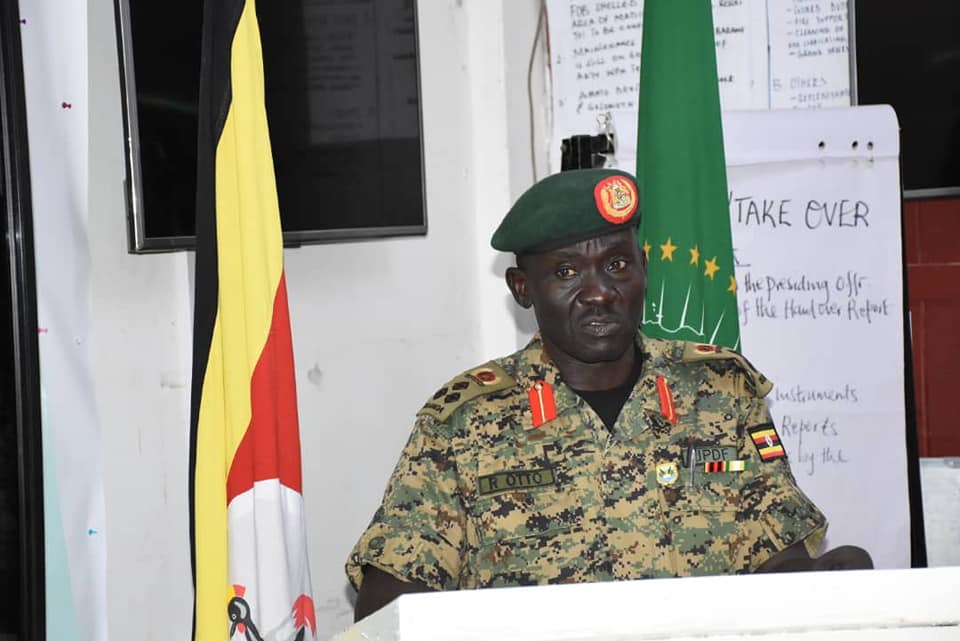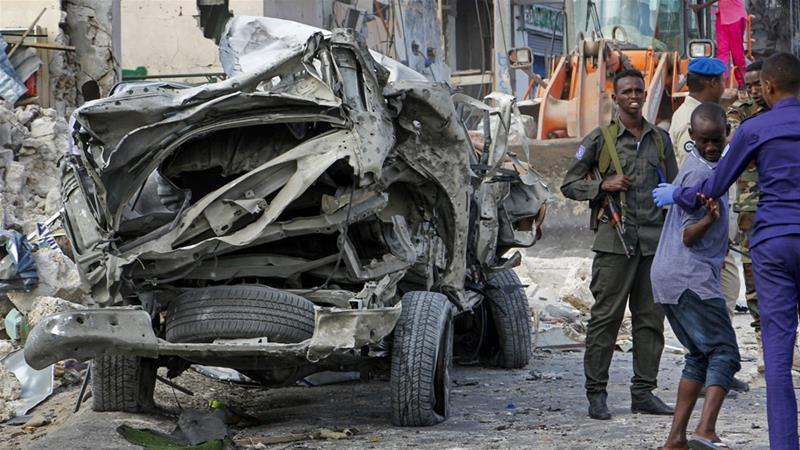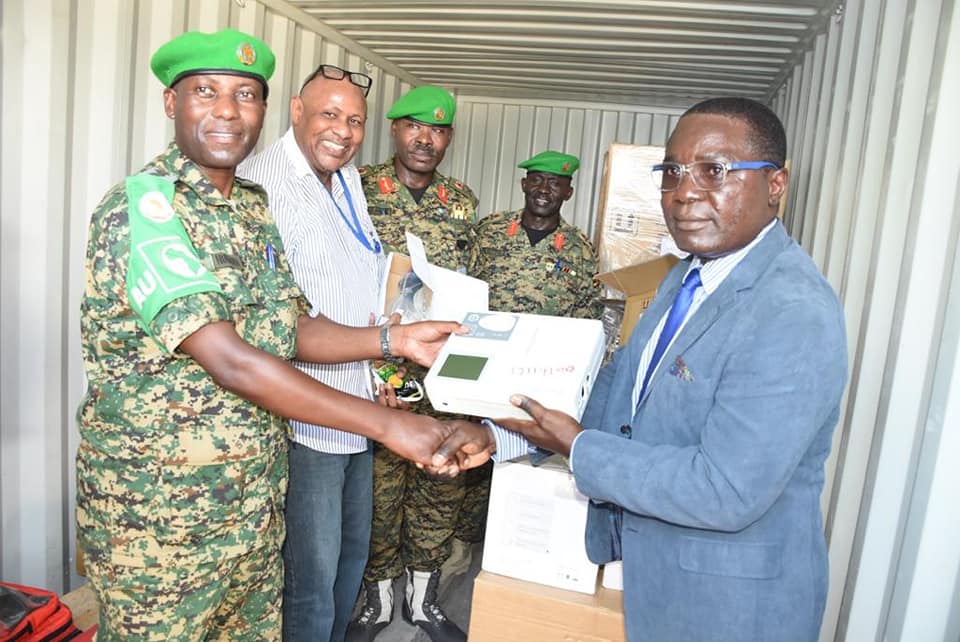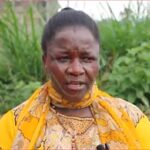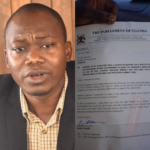The director of Medina Hospital in Mogadishu said he had received 73 bodies; others were brought to the Digfer and Somali Sudanese hospitals, their directors confirmed. Mohamed Yusuf, Medina Hospital’s director, said he feared the toll would continue to rise as his teams dealt with dozens of severely injured patients.
A government spokesman, Ismail Mukhtar, said the dead included more than a dozen university students and numerous police officers. A Somali officer at the Turkish Embassy confirmed the deaths of two Turkish nationals employed by a private company called En-Ez Construction that was working on the road where the attack occurred.
Omar Mohamud Mohamed, Mogadishu’s mayor, told reporters gathered near the blast site that at least 90 civilians, mostly students, were injured in the explosion. Witnesses described a ghastly scene.
“When the explosion happened, I was coming out of a nearby tea shop. With my own eyes, I have seen pieces of human beings and blood scattered around,” said Osman Abdulle, a police sergeant. “I have collected the bodies of my fellow policemen, who I recognized. I have also seen a university bus reduced to ashes.”
Another witness, Abdisalam Halane, said he heard the blast and rushed toward it, hoping to help friends in the police force who were stationed at the checkpoint. He counted at least 20 bodies on the ground but said many of them had been ripped apart.
“Blood and the remains of bodies were everywhere,” he said.
Somalia’s government nominally controls Mogadishu, but routine attacks by al-Shabab give the city of 2.5 million people the feel of a contested area. Saturday’s attack was the largest since Oct. 14, 2017, when two truck bombs detonated by al-Shabab killed nearly 600 people in a market near the city centre.
It was also the latest in a string of attacks in Mogadishu, though 2019 saw al-Shabab extend its reach to cities it hadn’t attacked in years. In January, a small group of fighters mounted a21 hour siege of a luxury hotel and office complex in the Kenyan capital, Nairobi, killing at least 21. In July, another group stormed a hotel in the southern Somali city of Kismayo, killing 26.
Al-Shabab operates extensively throughout rural parts of southern and central Somalia and is estimated to have about 10,000 fighters. It uses extortion tactics to collect “taxes” from all manner of businesses across the country, including the main commercial port in Mogadishu. The group’s stated aim is to establish its harsh interpretation of Islamic law across Somalia and to expel all foreign troops from the country.
The U.S. military keeps about 500 personnel in Somalia, largely as part of a mission to train Somali special forces. Some U.S. Special Forces accompany Somali counterparts on ground missions. The U.S. military has carried out more than 60 airstrikes this year, mostly targeting al-Shabab, continuing a three-year uptick since the Trump administration loosened the rules of military engagement in Somalia, allowing for more aggressive use of force.
The Kenyan, Ugandan, Ethiopian and other African militaries have contingents in different parts of the country under the banner of the African Union. That joint force is scheduled to hand over its operations to the Somali army in May, but al-Shabab’s frequent demonstrations of its capabilities despite the multinational effort against it have cast doubt on any future troop withdrawal.
![]()



